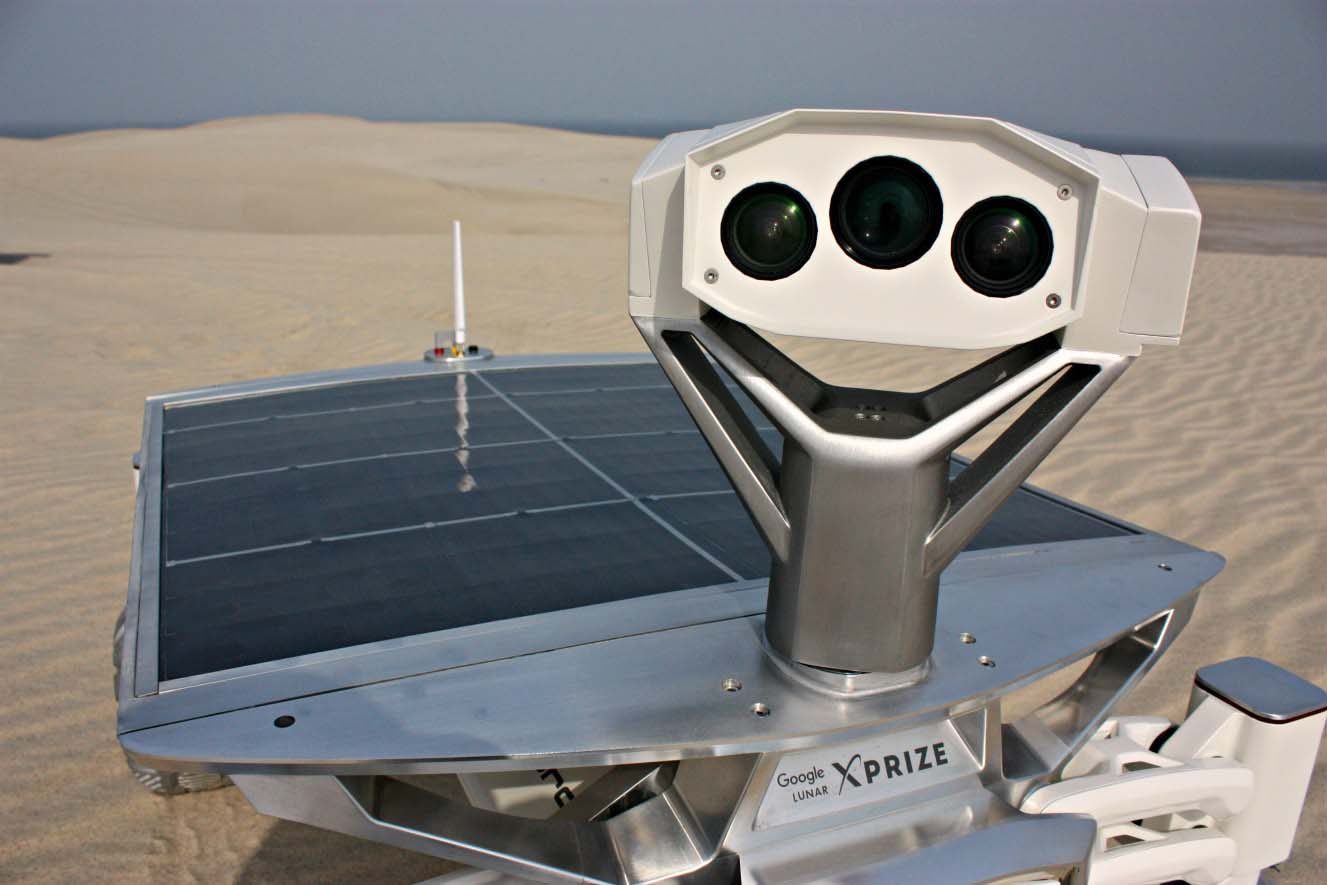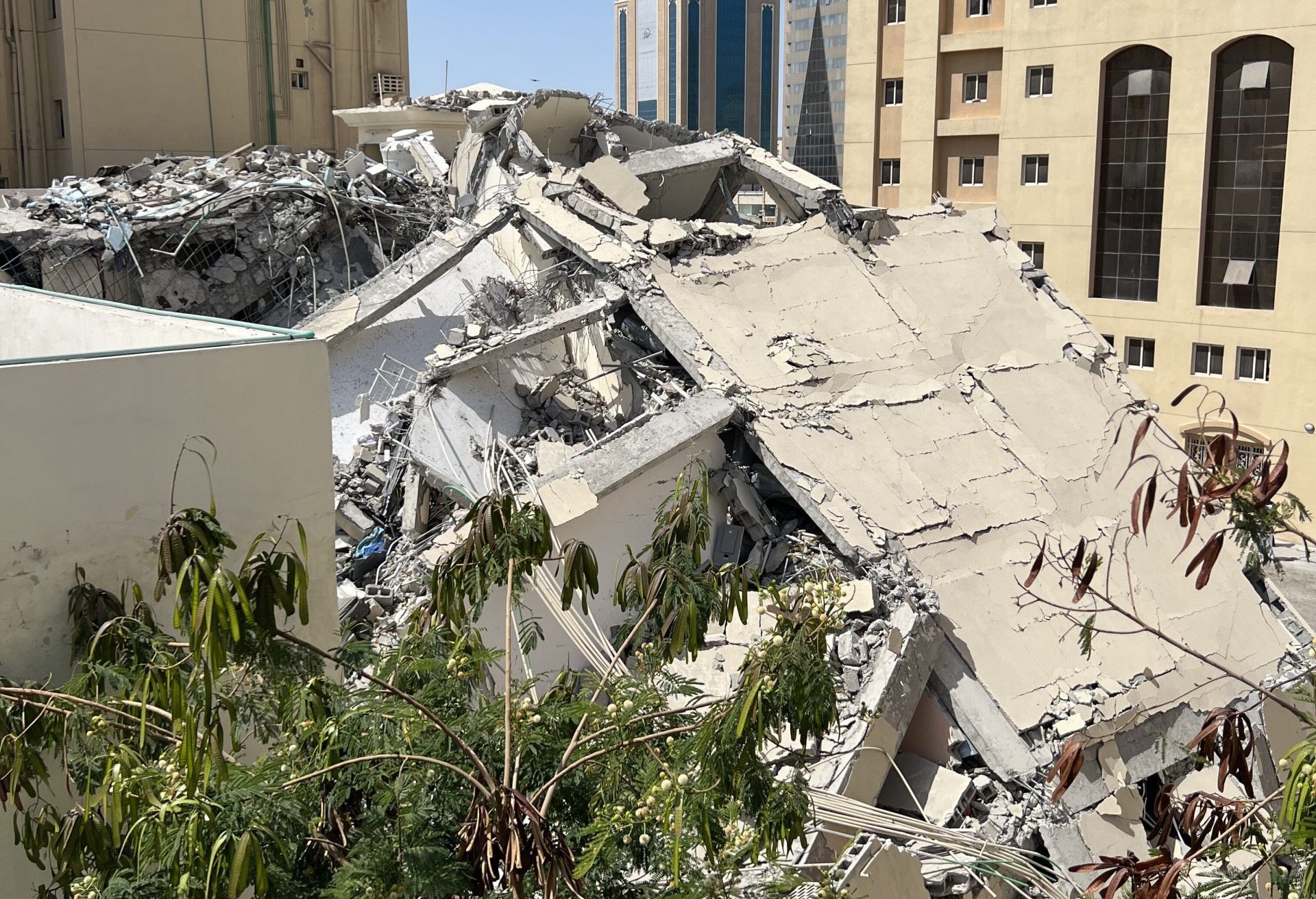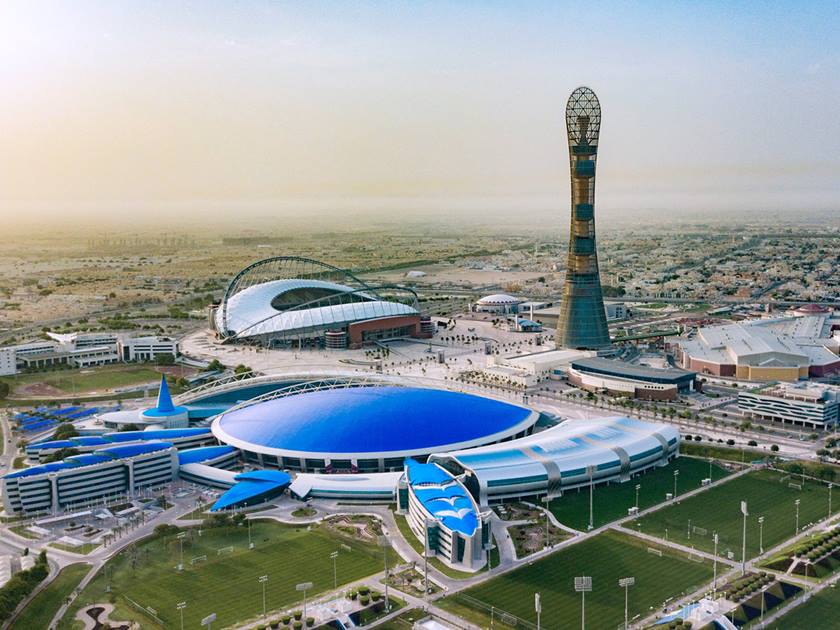
A team of scientists has successfully tested one of the world’s first privately-funded moon rovers in Qatar’s Zekreet desert this past weekend.
Part Time (PT) Scientists from Germany is aiming to launch its Audi Lunar Quattro into by space next year.
They have been testing the device on glaciers, mountains and volcanoes, but this was the first time the rover has tried out the desert.

To the scientists’ surprise, the device found that the best way to handle sand dunes was by going backwards.
Meanwhile, Qatar’s intense heat did pose a challenge, according to Torsten Kriening, a Middle East consultant for PT Scientists.
The moon rover is in the running for a Google X Prize. According to the terms of that competition, the first group to get their rover to travel 500m on the moon and send high-resolution video, still images and other data back home wins $20 million.
Desert findings
Qatar’s desert is home to several types of sand, which made it an optimal location to test the rover’s sustainability and durability.
For a first-time test, the results were generally positive, but some changes will need to made, Kriening said during a media briefing today.
“We found that slopes were a challenge. For some reason, the rover did better going up backwards on the dunes,” he added.

The team used a thermal imaging camera to see how the rover would perform at different temperatures and noticed that the engines in particular struggled with the high temperatures.
In a statement, it said:
“With thermal imaging we’ve determined how the heat after longer drives is working its way through the systems. We’ve found that our 3D-printed aluminum wheels seem to transport a bit better than we anticipated thus the inner driving motors heated up pretty quickly. However the important circuits and parts still remained good to work in operational temperature ranges.”
On the plus side, PT Scientists CEO Robert Boehme said that the rover traveled well over soft sand, which is similar to lunar sand.
Speaking to Doha News, he said this is because a lot of the device has been 3D printed and is lightweight.
On the other hand, the rover may not be heavy enough for harder sand.
With these findings in hand, the team hopes to make the necessary adjustments before performing a full functioning analog test, during which operators will be in a different location than the rover.
ALINA
Two of these rovers are expected to go to space via the Autonomous Landing and Navigation Module (ALINA), a lunar lander also developed by the team for the Google Lunar X Prize competition.

After this mission is completed, ALINA, which can carry up to 100kg of payload, will be used to help universities and research teams carry out experiments in space by transporting their equipment.
This will allow them to complete experiments through a private entity, rather than wait for government approval. It will also help them hold on to their own intellectual property rights, PT Scientists said.
Thoughts?







